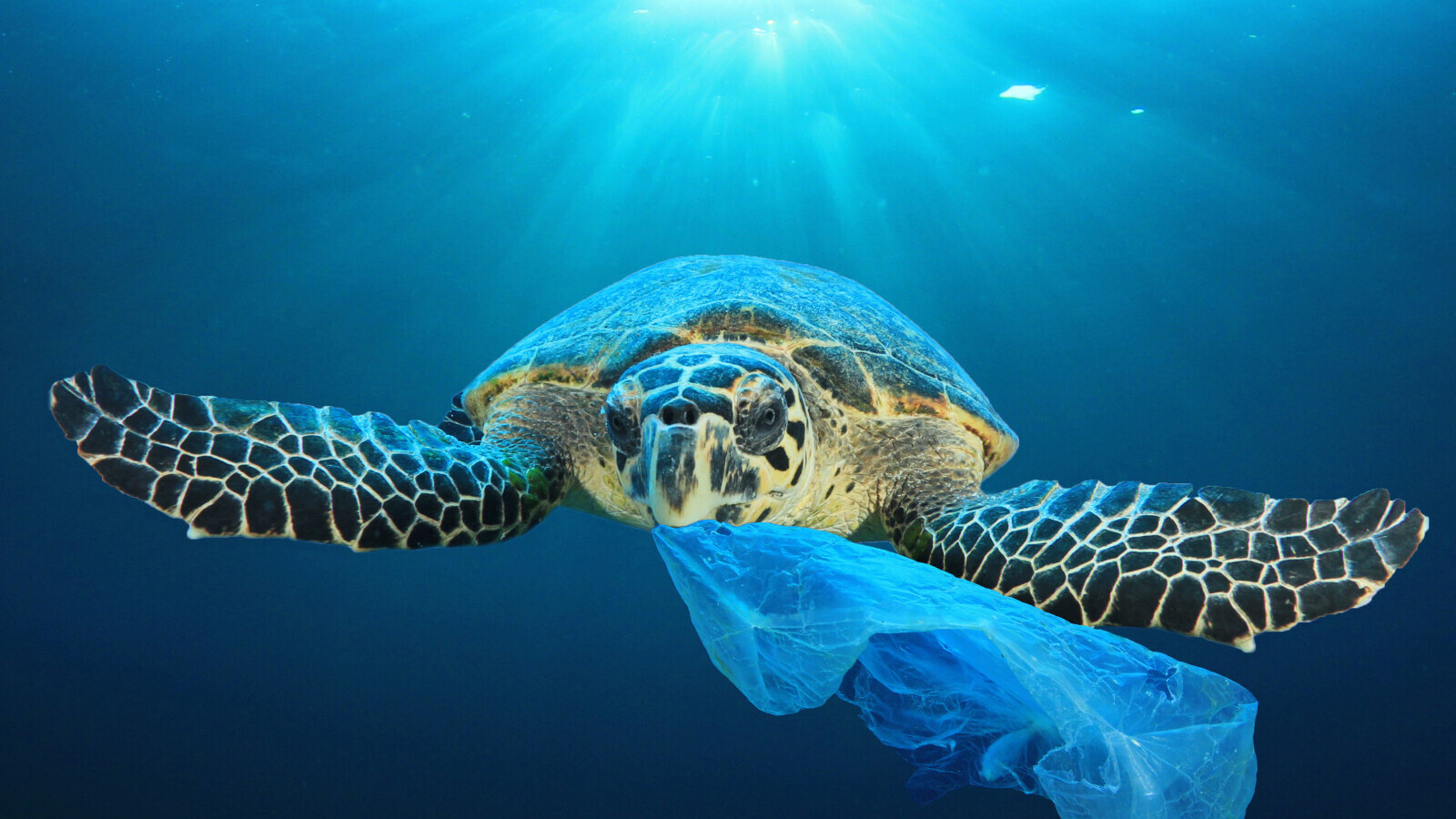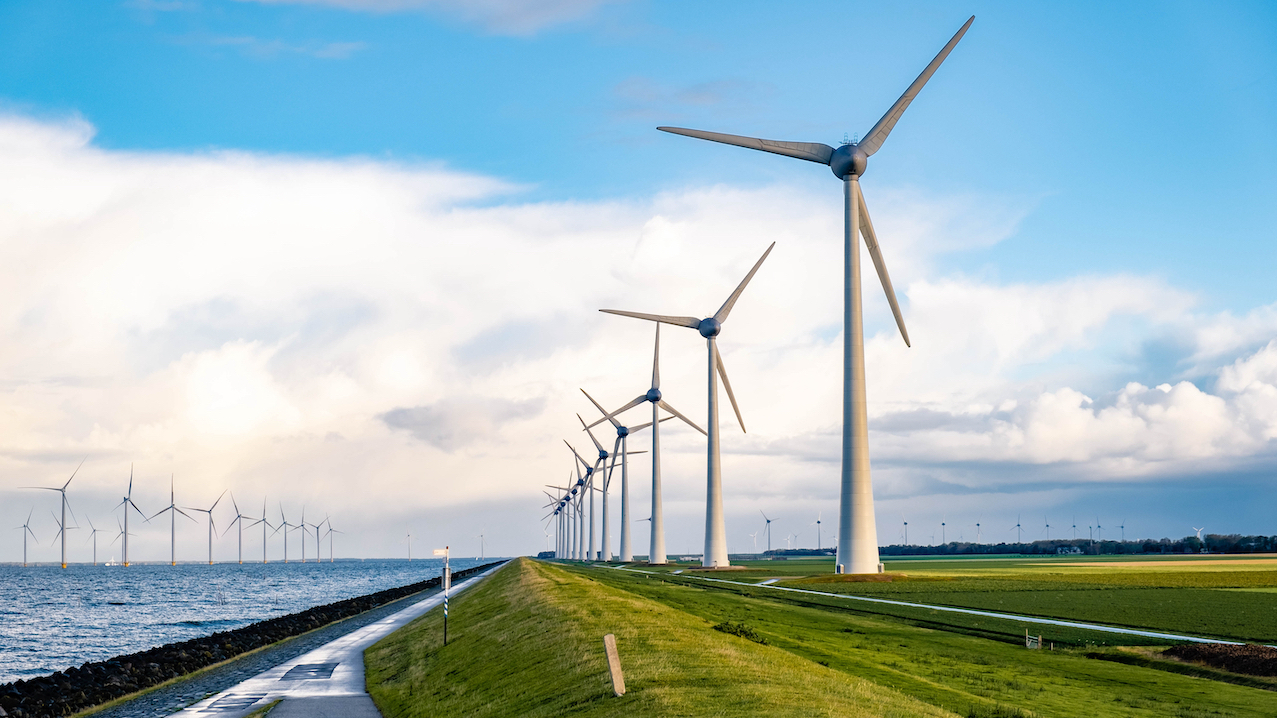WMO: ‘climate change is putting energy security at risk’
The World Meteorological Organization, an intergovernmental body, has released the 2022 State of Climate Services report. This year, the report focuses on energy and the related systems of infrastructure and security. A key finding is that climate-related natural hazards such as droughts and floods pose significant and rising risks to energy infrastructure worldwide. The susceptibility to climate risks emerges from the exposure of energy infrastructure to vulnerable geographies and supply constraints. According to the WMO: “In 2020, 87% of global electricity generated from thermal, nuclear and hydroelectric systems directly depended on water availability. Meanwhile, 33% of the thermal power plants that rely on freshwater availability for cooling are already located in high water stress areas. This is also the case for 15% of existing nuclear power plants, a share expected to increase to 25% in the next 20 years.”



